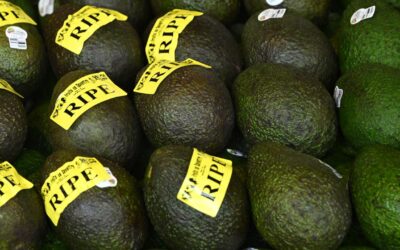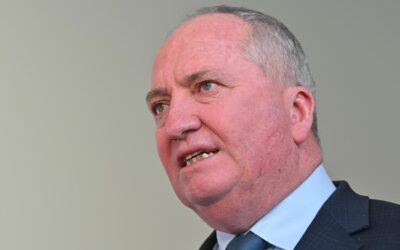Sorry, that’s old news…
You’ve found an older news story. We delete stories from our AAP News Feed after two months. But fear not, here’s today’s news!

Donald Trump says he will allow Nvidia to sell an advanced type of computer chip used in the development of AI to ...

Paramount has launched a hostile takeover bid for Warner Bros, in a battle with rival bidder Netflix to buy the ...

Parliament's travel expenses saga is deepening after a senior minister kept a taxpayer-funded chauffeur waiting ...

Late-night comic Jimmy Kimmel has had his contract extended for another year, months after his controversial ...

British, French and German leaders have met in London with Ukrainian President Volodymyr Zelenskiy to tweak a ...

Australians are expected to eat 5kg of avocados per person in the new year, as bumper harvests and export demand ...

The new US ambassador to Denmark has made his first visit to Greenland amid strained ties because Donald Trump ...

The coalition will be "polling desperately" to find out how many voters will follow Barnaby Joyce to One Nation as ...
No results found.
Background image courtesy victoriancollections.net.au